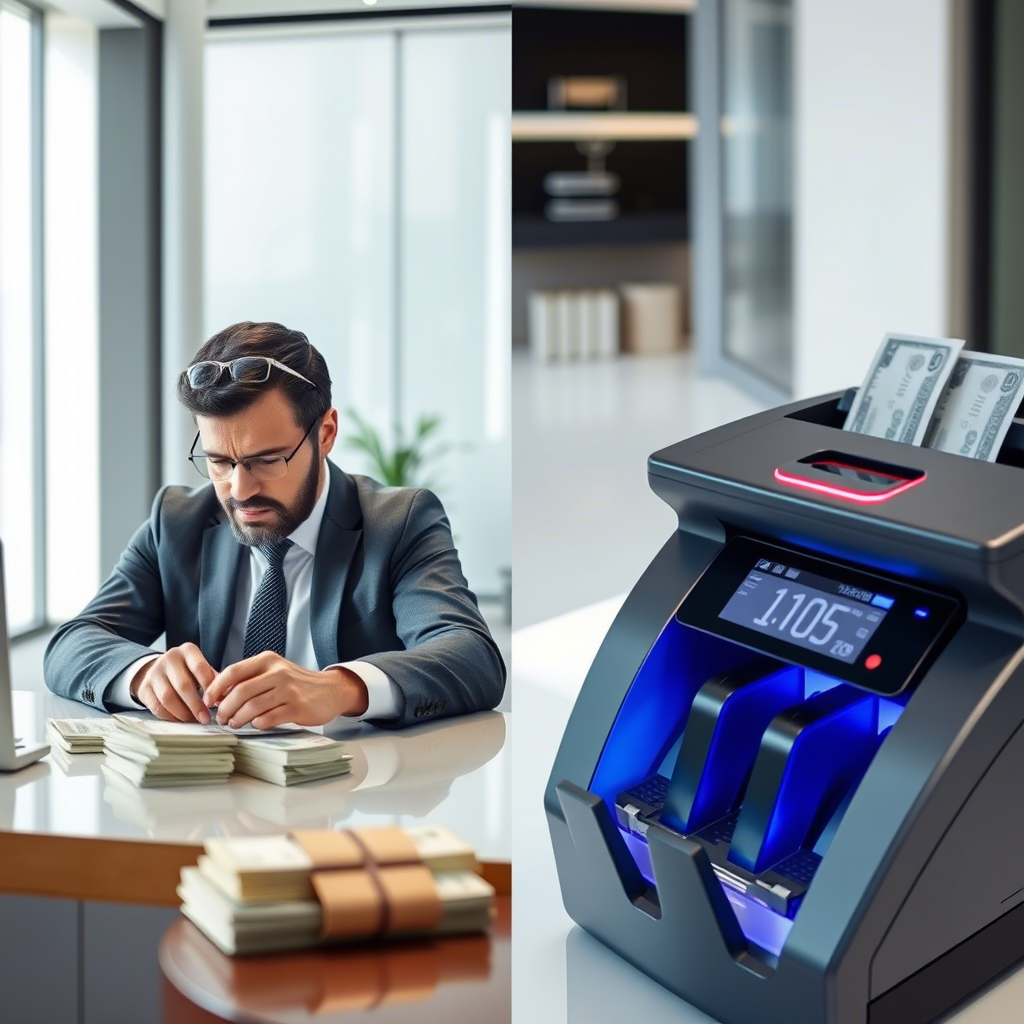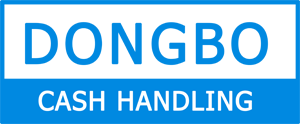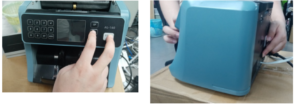Navigating the world of cash handling in New Zealand? This guide dives deep into finding the perfect money counting machine for your business, covering everything from different types and features to top brands and where to buy them. Whether you’re a small retailer or a large financial institution, discover how to streamline your cash management and save valuable time.
Why You Absolutely Need a Money Counting Machine in NZ
Okay, let’s be real. Counting cash by hand? That’s so last century. And let’s not even get started on the potential for errors. Think about it: tired employees, distractions, and just plain human fallibility can lead to miscounts, which can cost you money. A money counting machine eliminates those risks and frees up your staff to focus on, well, actually serving customers and growing your business.
Plus, time is money! Imagine how much time your staff spends meticulously counting and recounting cash drawers. A money counting machine can process hundreds, even thousands, of notes per minute. That’s time that can be spent on more productive tasks, like marketing, inventory management, or just providing better customer service. It’s a no-brainer, really.
Beyond speed and accuracy, a good money counting machine can also detect counterfeit bills. This is a HUGE deal, especially in today’s world where counterfeiters are getting more sophisticated. Many machines use ultraviolet (UV), magnetic (MG), and infrared (IR) sensors to identify fake currency, protecting your business from losses. In New Zealand, where certain security features are embedded in our banknotes, this is especially crucial.

Decoding the Money Counting Machine Landscape: What to Look For
So, you’re sold on the idea of a money counter. Great! But now comes the tricky part: choosing the right one. There are a ton of different models out there, each with its own set of features and price points. Here’s a breakdown of what to consider:
- Counting Speed: How many notes per minute (NPM) can the machine process? This is a key factor, especially if you handle large volumes of cash. Look for machines with speeds ranging from 800 to 1900 NPM.
- Hopper Capacity: How many notes can the machine hold at once? A larger hopper means fewer refills, which saves time. Capacities typically range from 100 to 500 notes.
- Detection Capabilities: Does the machine detect counterfeit bills? As mentioned earlier, UV, MG, and IR detection are essential. Some machines even offer more advanced detection methods like double-note detection and size detection.
- Currency Support: Does the machine only count NZD, or can it handle other currencies as well? If you deal with international customers, this is an important consideration.
- Batching and Adding Functions: Can the machine count bills into specific batches (e.g., 20 notes per bundle)? Can it add up the total value of the counted bills? These features can streamline your cash handling process even further.
- Display and User Interface: Is the display clear and easy to read? Is the user interface intuitive? A user-friendly machine will save you time and frustration.
- Size and Portability: How much space do you have available? Do you need a portable machine that can be easily moved from one location to another?
- Maintenance and Support: What kind of warranty does the machine come with? Is there readily available technical support in New Zealand?
To give you a better overview, here’s a comparison of some popular money counting machine brands and their key features (this is based on general market information and may vary depending on the specific model and retailer):
| Brand | Model (Example) | Counting Speed (NPM) | Hopper Capacity | Counterfeit Detection | Approx. Price (NZD) |
|---|---|---|---|---|---|
| Ribao | BC-40 | 1200 | 500 | UV, MG, IR | $500 – $800 |
| Cassida | 5520 UV | 1300 |




